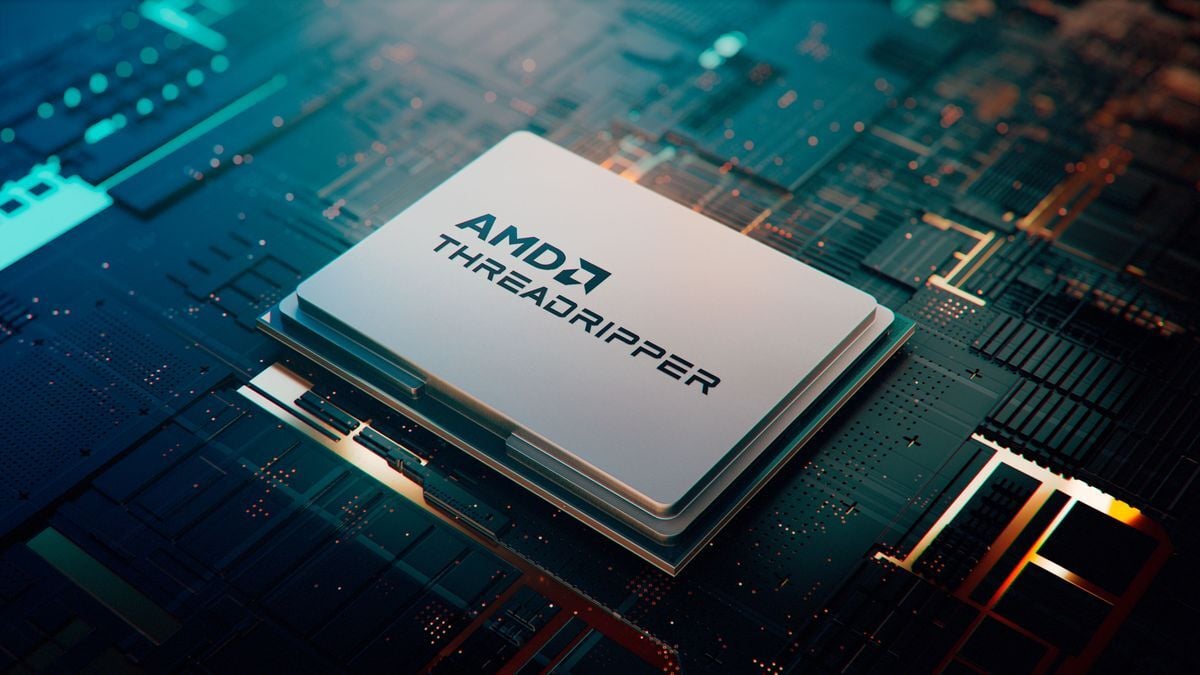AMD says overclocking blows a hidden fuse on Ryzen Threadripper 7000 to show if you’ve overclocked the chip, but it doesn’t automatically void your CPU’s warranty::AMD explains the hidden fuses behind Ryzen Threadripper 7000 processors and how it will handle warranty claims.



It’s not shitty, it’s fair. If damage is caused by the overclock why should the manufacturer foot the bill? You modified the product to run outside the specs!
The “shitty” part of it is it’s a binary one time feedback. If the fuse blows that’s it. It doesn’t matter if the CPU failed for something else the fuse can’t unblow. I don’t know what type of fuse they’re using, would it blow with any level of over clocking, or with an extreme amount, is it a time delayed fuse that requires a bunch of time over clocked or is it instant? If i want to over clock just a bit but test it at a higher clock rate before setting my desired speed will that blow the fuse? The only point of the fuse is to determine if the user “missused” their cpu at any point.
It’s probably a collection of fuses instead of just a single one. One for xmp, one for each of the pbo options, various ones for manual OCs. I’d guess there’s tiers of how aggressive the OC is, maybe a counter for how many times it was booted with that OC enabled.
I wonder how much extra cost that would add to CPU production. There’s probably some cost benefit analysis looking at the saving from denying warranties to the cost of extra components on the chip.
I think they’d scale well so it wouldn’t have that big of an impact. Like it could be one set of fuses for the entire chip. Even a KB of those fuses wouldn’t take up much area on modern chips. That’s if they are detecting settings or overall chip power.
If they are detecting OC damage to circuitry, that might involve a lot more fuses throughout the chip along with circuitry to read them (or at least detect their state), which could be more involved. Though there is already circuitry to test the functionality of the chip at a fine level for binning and QC, and it might be trivial to add some fuses to that.
It’s a bit shitty because we then have to trust that they won’t use this as an excuse to void the warranty on chips that had a fatal defect to begin with. Overclocking is pretty safe unless you’re doing extreme overclocking and they won’t say how they determine if a failure was caused by an overclock or not.
It’s definitely “more fair” for AMD than Intel to do it since they don’t charge a premium for unlocked processors but I still don’t like it. They developed PBO, it’s a feature included with the CPU I bought, I want to be able to use it without fear of losing my warranty, but even just enabling that will trip that fuse.